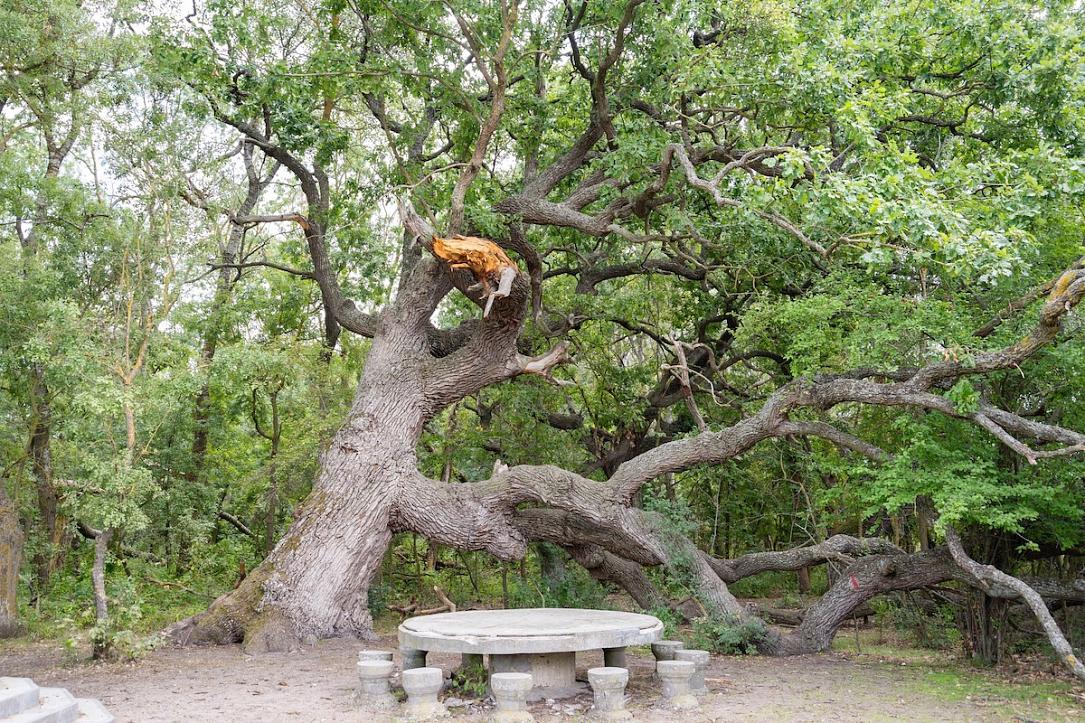‘Kneeling Oak’ in Romania’s Danube Delta to receive natural monument status

A unique 400-year-old oak of the Caraorman Forest in Romania’s Danube Delta, also known as the ‘Kneeling Oak’ due to its shape, will receive the status of natural monument, the Ministry of Environment announced. Minister Mircea Fechet kicked off the procedure, and the ministry will work with the Ivan Patzaichin Mila 23 - Rowmania Association to complete the project.
The ‘Kneeling Oak’ is said to be the largest oak in the Danube Delta, with an age of over 400 years and a circumference of four meters. It is ‘kneeling’ because its branches have reached down to the ground.
“We are laying the foundations of a project to rehabilitate the area around the oak in accordance with the strict protection principles of the Caraorman forest. Any new project needs the local community’s approval, so the locals, who know best what natural treasures they have, will be involved in the decision-making process,” environment minister Fechet said.
The Caraorman Forest occupies the central part of the Caraorman ridge, on the southern side of the Sulina Branch, being a strict nature reserve, declared an area of national interest since 2000. It covers an area of 2,250 hectares in the central-northern part of the Delta, on the northern territory of Caraorman village, Crișan commune, Tulcea county.
The forest is home to oaks with a height of over 30 meters, ash trees, poplars, Mediterranean plant species, and others.
The Caraorman Forest nature reserve is included in the UNESCO World Heritage as a biosphere reserve, part of the Danube Delta National Park.
irina.marica@romania-insider.com
(Photo source: Facebook/Ministerul Mediului)











